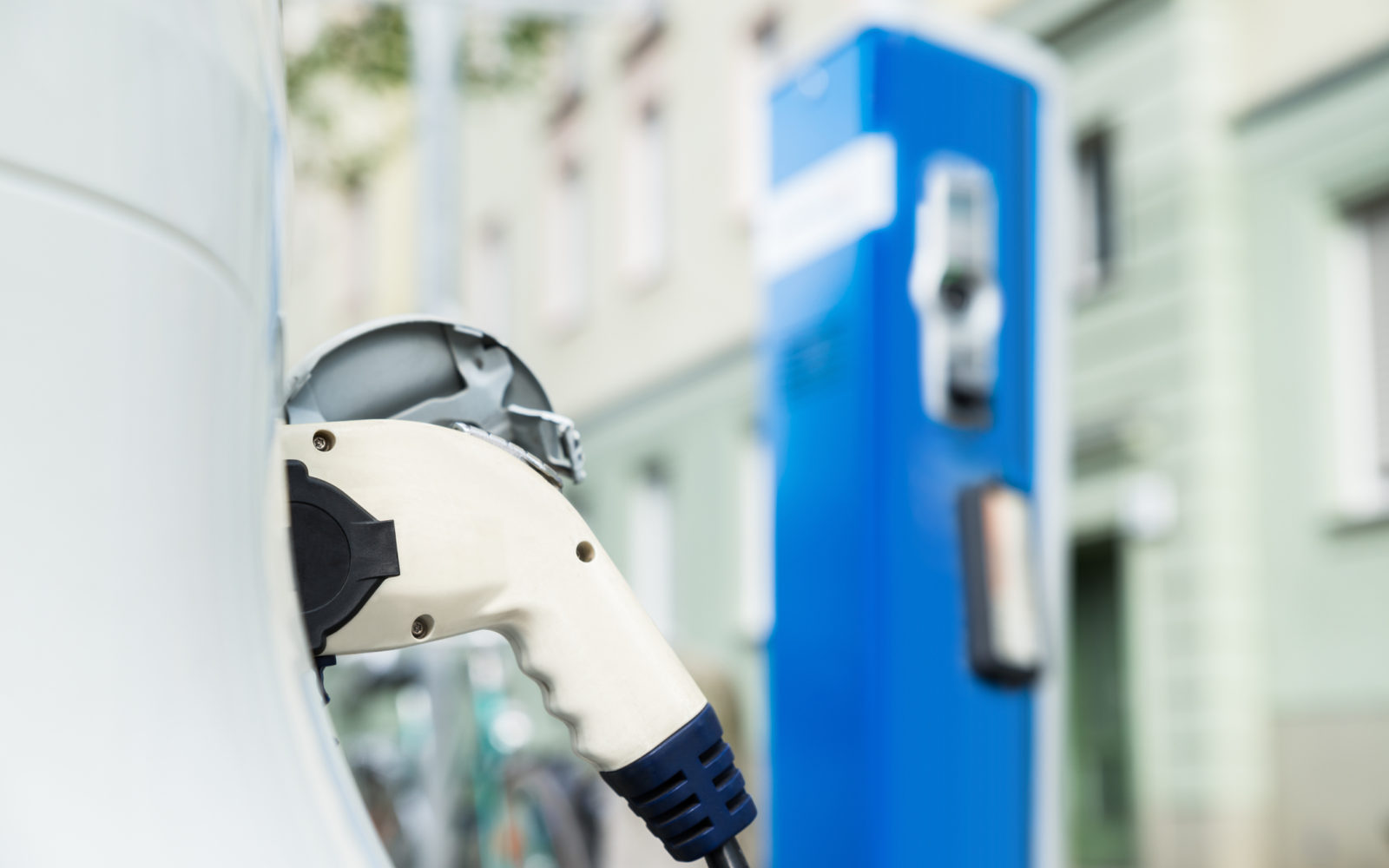The electric vehicle (EV) charger market is set to see a 29% year-on-year increase in sales through to 2030.
This is according to energy market research consultancy Delta-EE, which expects the increase to happen despite COVID-19 dampening sales of new cars, predicting there could be a 30% reduction in new vehicle sales in 2020.
In April, whilst battery EVs out-sold diesel and took home 31.8% of the market, the number of sales still fell 10% and new sales of vehicles overall fell 97.3%.
Delta-EE’s research has found that the share of charge points installed in public locations compared to homes and workplaces will stay “relatively level”, with 71% of charge points installed at home by 2030. This will, however, have undergone a slight drop of 5% over the decade as an increasing number of EV drivers do not have access to off-street parking.
Delta-EE is also expecting that there will be a 7% growth – the biggest of all charging applications – in workplace charging by 2030 as a substitute for home charging.
Rapid chargers, meanwhile, are to account for less than 2% of on-street chargers by 2030. The market share of rapid chargers for destination charging is likely to decrease, Delta-EE found, dropping from the current share of 18% to 6% in 2030 due to growth in the number of slower chargers being rolled out.
“As we know, availability of charge points is one of the key barriers to widespread EV adoption,” said John Murray, head of EVs at Delta-EE. “We’re all eager to see the transition to electric happen as quickly as possible, but if more emphasis is put on the infrastructure behind it, we could see an accelerated EV uptake in line with the government’s vision.”
“While workplace charging currently looks set for the biggest growth, COVID-19 may also have a lasting impact on working practices and mobility habits. The reality is that for people with EVs, and no access to off-street parking, they will need to charge their vehicles somehow, and workplace charging will still play a very important role in this. We’ll be keeping a close eye on how this will impact the makeup of the charging landscape in the next few years.”



